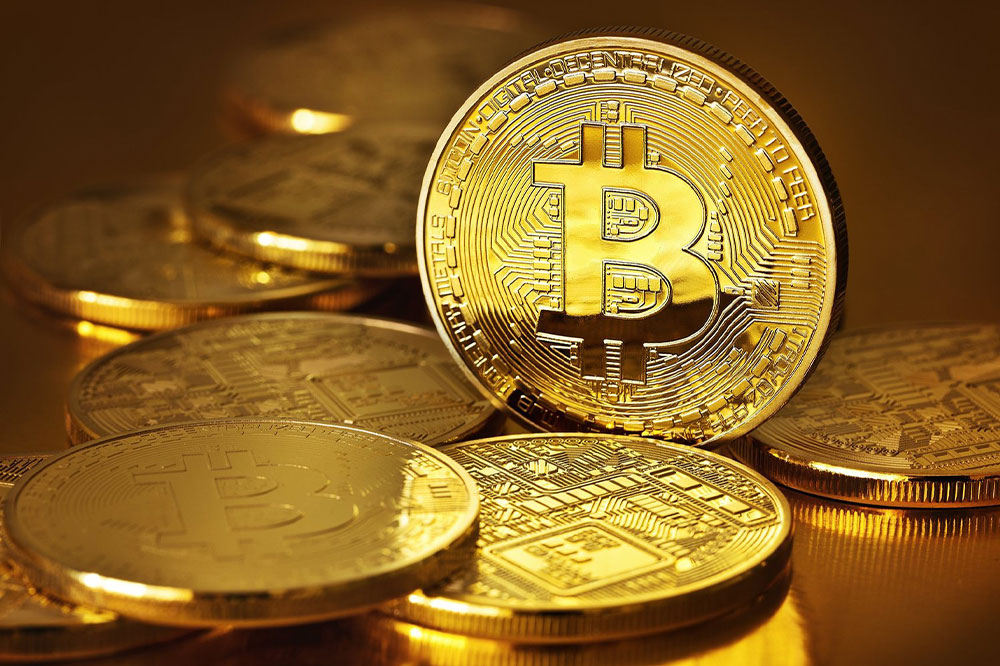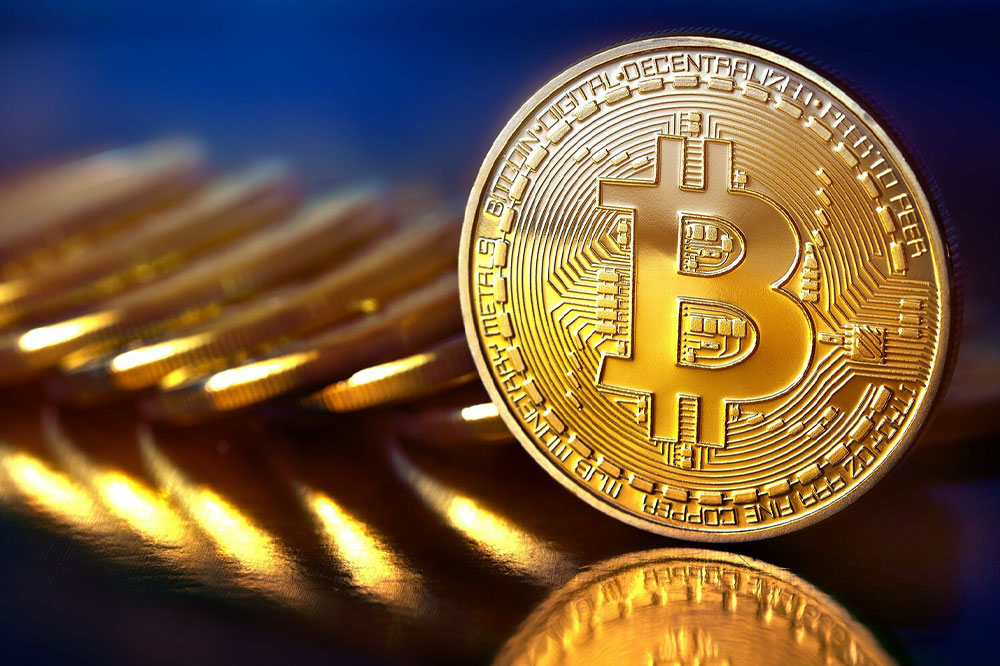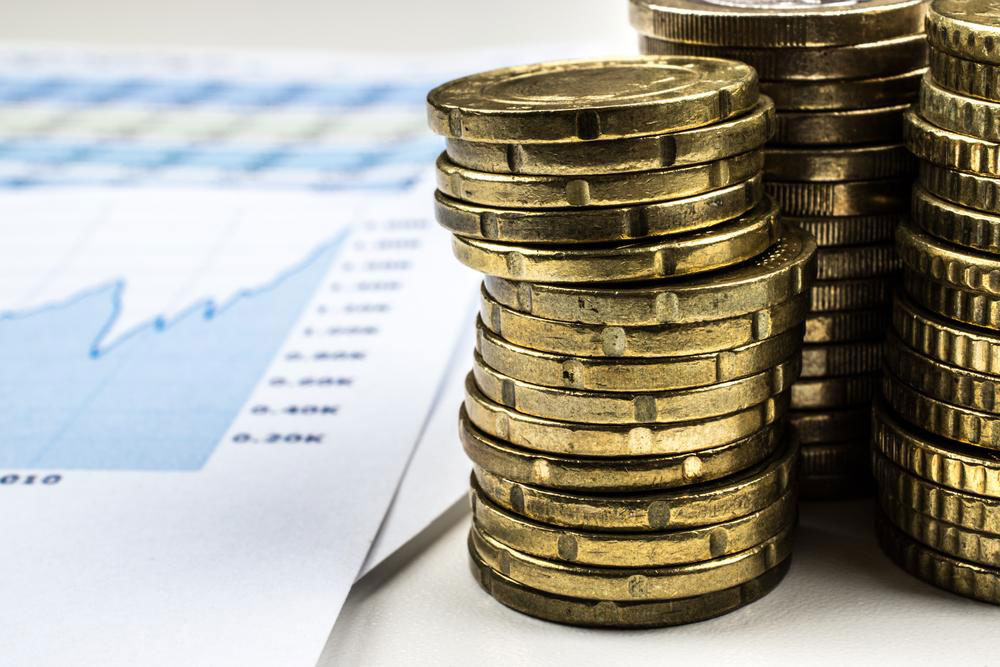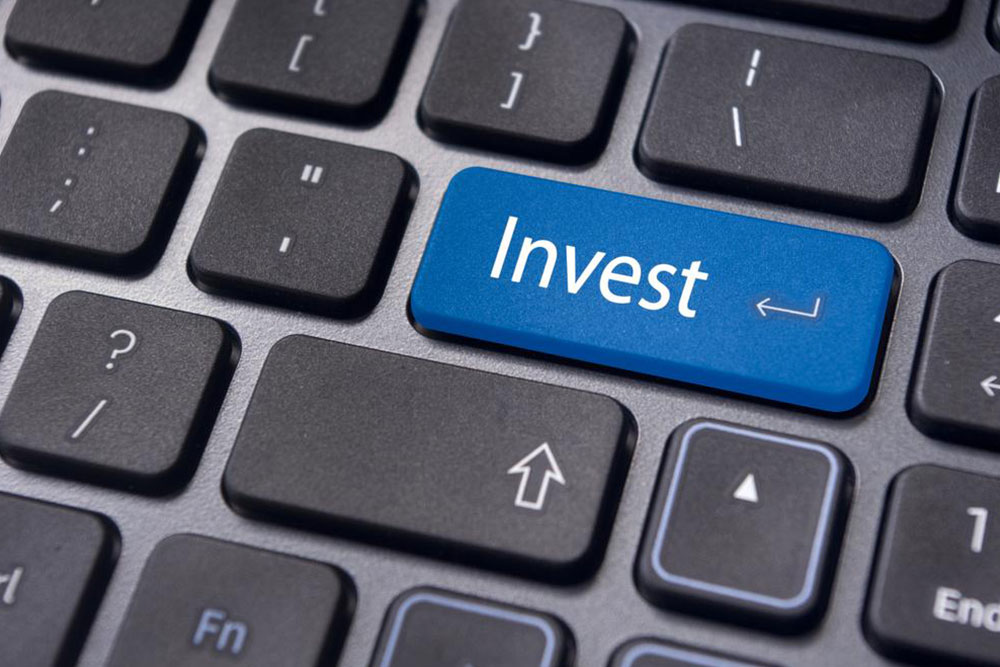Discover the Top 9 Crypto Coins with High Investment Potential in 2024
Explore the top 9 cryptocurrencies poised for significant growth in 2024. From Bitcoin and Ethereum to stablecoins like USDT and innovative platforms like Polkadot, this guide covers promising digital assets for savvy investors. Learn their features, potential, and how they could shape your investment strategy in the evolving crypto landscape.
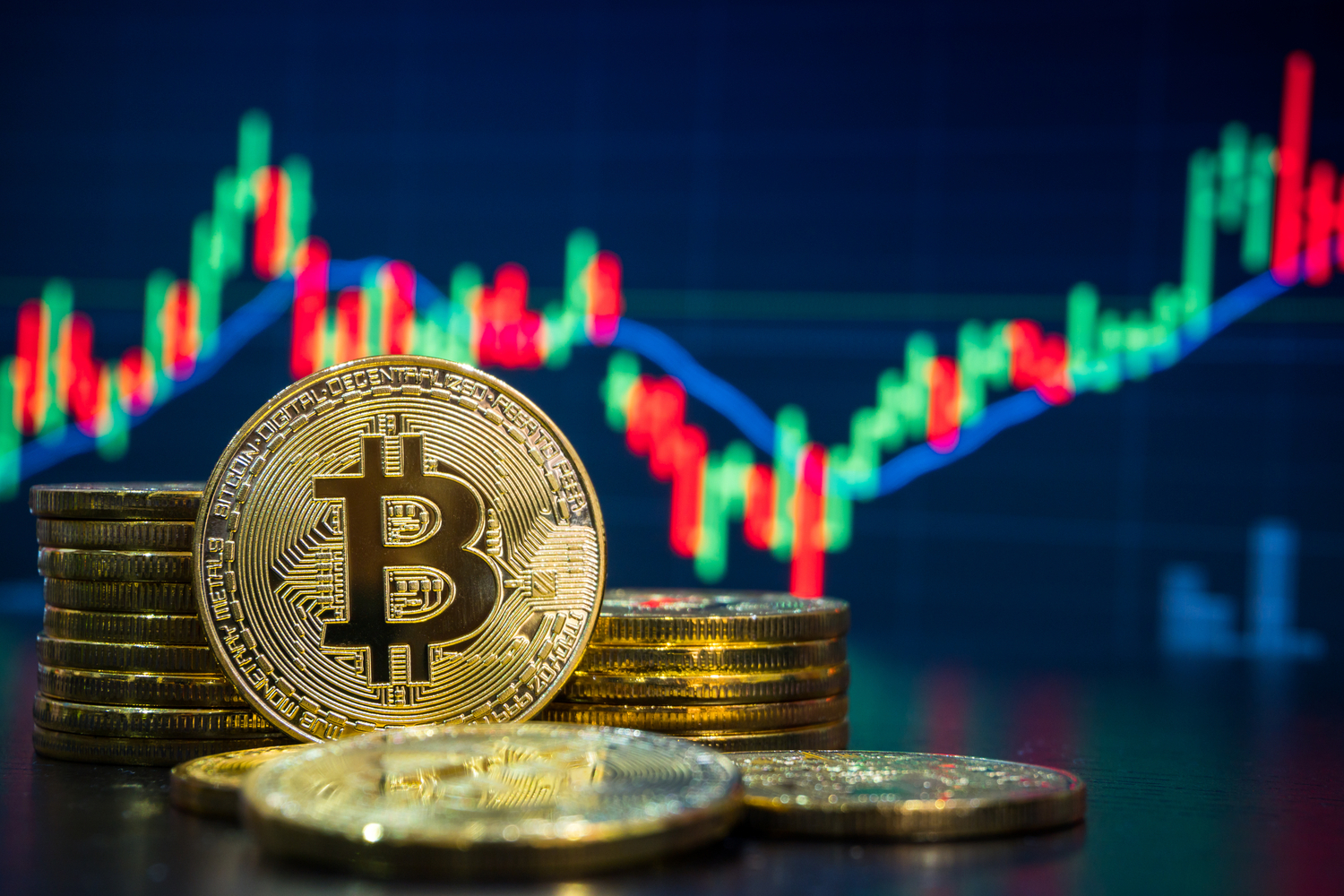
Discover the Top 9 Crypto Coins with High Investment Potential in 2024
Over the past decade, digital currencies have fundamentally transformed the landscape of global finance, emerging as innovative and lucrative investment avenues. With thousands of different cryptocurrencies available in the market today, investors face the challenge of identifying which digital assets hold the most promise for long-term growth. Successful cryptocurrency investing hinges on a deep understanding of blockchain technology, asset utility, and market dynamics. This comprehensive guide will explore the most prominent cryptocurrencies ranked by market capitalization, highlighting their unique features, growth prospects, and potential as investments. If you are considering diversifying your investment portfolio with cryptocurrencies, these top nine options deserve your attention:
Bitcoin (BTC)
As the pioneer of digital currencies, Bitcoin continues to dominate the cryptocurrency space and remains the most recognized and valued cryptocurrency worldwide. Since its inception over a decade ago, Bitcoin has revolutionized financial transactions and introduced the concept of decentralized currency. Its widespread acceptance, extensive network, and proven security features make it a fundamental asset for any crypto portfolio. Despite experiencing significant price fluctuations over the years, experts forecast that Bitcoin's value could surge to $100,000 or more per coin within the next few years, driven by institutional adoption and increasing mainstream acceptance. Bitcoin's role as a store of value and inflation hedge further solidifies its position as a top-tier digital asset.
Many investors, from beginners to seasoned professionals, recognize Bitcoin without requiring an in-depth understanding of cryptocurrencies. Although Bitcoin experiences market volatility, its long-term potential remains robust. The ongoing development of institutional infrastructure and increasing acceptance by major corporations support its sustained growth trajectory. As such, Bitcoin continues to be regarded as a leading digital asset for both diversification and wealth preservation, especially amidst uncertain economic environments.
Ethereum (ETH)
Ethereum distinguishes itself as the leading platform for decentralized applications (dApps) and smart contracts. Operating on a sophisticated blockchain, Ethereum allows developers to create secure and transparent decentralized solutions. Its revolutionary smart contract technology has catalyzed the rise of decentralized finance (DeFi), Non-Fungible Tokens (NFTs), and a myriad of blockchain-based innovations. Ethereum's active developer community, continuous upgrades, and robust ecosystem make it an attractive investment choice. The transition to Ethereum 2.0, which aims to improve scalability and sustainability through proof-of-stake consensus, is viewed positively by market analysts and could significantly enhance its value.
XRP (Ripple)
Ripple's XRP token presents a compelling investment opportunity, especially given its focus on cross-border payments and banking solutions. Ripple labs has been working to establish partnerships with financial institutions worldwide, leveraging blockchain technology for fast, cost-effective international money transfers. Although Ripple is embroiled in legal uncertainties with the U.S. Securities and Exchange Commission (SEC), a favorable outcome could lead to a significant increase in XRP's value. The asset is particularly popular in Asian markets where remittance corridors are expanding rapidly. Its current undervaluation, combined with its potential for regulatory clearance, positions XRP as a crypto asset worth monitoring closely.
Tether (USDT)
As the most widely used stablecoin, Tether provides a bridge between traditional fiat currencies and cryptocurrencies. Its value is pegged 1:1 to the US dollar, making it a vital tool for traders seeking stability amid volatile markets. Tether facilitates seamless crypto transactions, liquidity management, and risk mitigation strategies in digital trading environments. Its widespread adoption by exchanges and traders underscores its importance in the crypto ecosystem, serving as a safe haven when market conditions deteriorate.
USD Coin (USDC)
USD Coin is another prominent stablecoin, backed by fully reserved assets held by regulated financial institutions. This backing ensures high levels of trust and stability comparable to traditional currencies, making USDC suitable for digital payments, remittances, and as a low-volatility investment alternative. With increasing adoption in decentralized finance, banking, and payment systems, USDC is poised to grow as a reliable digital dollar.
Cardano (ADA)
Cardano positions itself as a robust alternative to Ethereum, emphasizing scalability, security, and sustainability. Built through a rigorous peer-reviewed research process, Cardano employs a proof-of-stake consensus algorithm called Ouroboros, designed to significantly reduce energy consumption while maintaining decentralization. The platform supports sophisticated smart contracts and identity management solutions, making it suitable for enterprise applications. Priced affordably at around $0.80, ADA offers an accessible entry point for new investors seeking exposure to a technically advanced blockchain ecosystem with strong growth potential.
Solana (SOL)
Solana is renowned for its impressive scalability, capable of processing up to 50,000 transactions per second. This high throughput has made it a preferred blockchain for decentralized finance (DeFi) projects, NFTs, and gaming. Since its launch in 2020, Solana experienced rapid price appreciation from $1 to approximately $170 in 2021, driven by its innovative architecture and active developer community. Although prices stabilized afterward, Solana continues to be a formidable contender in the blockchain space, with current trading around $45. Its technological advantages position it as a favored platform for scalable decentralized applications.
Dogecoin (DOGE)
Initially created as a joke based on a popular internet meme featuring a Shiba Inu dog, Dogecoin unexpectedly gained massive popularity and market capitalization. It surged over 12,000% between 2020 and 2021, driven by social media hype, celebrity endorsements, and community support. While its price has stabilized since then, Dogecoin remains a feasible speculative investment due to its widespread acceptance by several companies—including SpaceX and the Dallas Mavericks—as a means of digital payment. Its unlimited issuance policy ensures a steady supply, which keeps its price relatively stable and accessible for retail investors.
Polkadot (DOT)
Polkadot aims to revolutionize blockchain interoperability by enabling multiple blockchains to communicate and operate seamlessly. Its relay chain facilitates interoperability between distinct sub-chains, called parachains, each optimized for specific applications. Polkadot's shared security model allows these chains to benefit from collective security, reducing individual chain risks. The platform supports the development of interconnected decentralized applications (dApps) and enterprise-grade solutions. Its innovative approach to cross-chain communication positions Polkadot as a pioneer in creating a unified and scalable blockchain ecosystem, appealing to developers and investors seeking a versatile and secure blockchain environment.
Cryptocurrencies utilize cutting-edge blockchain technology, enabling secure, transparent, and decentralized transactions without the need for intermediaries such as banks or government authorities. This revolutionary shift promotes financial democratization, allowing anyone with internet access to participate in the global economy. Despite current market volatility and price swings, these cryptocurrencies offer compelling opportunities that challenge traditional financial systems. As blockchain adoption expands across various sectors—finance, supply chain, healthcare, and more—these digital assets are set to play a pivotal role in shaping the future of financial transactions and digital commerce.
